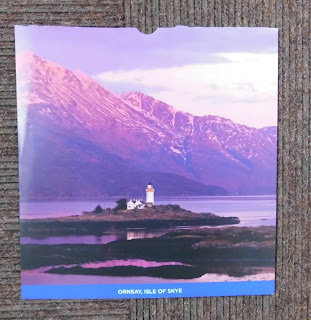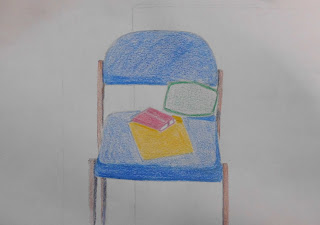"Cézanne
ultimately came to regard color, line, and "form" as constituting one
and the same thing, or inseparable aspects for describing how the human eye
actually experiences nature.
Unsatisfied
with the Impressionist dictum that painting is primarily a reflection of visual
perception, Cézanne sought to make of his artistic practice a new kind of
analytical discipline. In his hands, the canvas itself takes on the role of a
screen where an artist's visual sensations are registered as he gazes
intensely, and often repeatedly, at a given subject.
Cézanne
applied his pigments to the canvas in a series of discrete, methodical
brushstrokes as though he were "constructing" a picture rather than
"painting" it. Thus, his work remains true to an underlying
architectural ideal: every portion of the canvas should contribute to its
overall structural integrity.
In
Cézanne's mature pictures, even a simple apple might display a distinctly
sculptural dimension. It is as if each item of still life, landscape, or
portrait had been examined not from one but several or more angles, its
material properties then recombined by the artist as no mere copy, but as what
Cézanne called "a harmony parallel to nature." It was this aspect of
Cézanne's analytical, time-based practice that led the future Cubists to regard
him as their true mentor." The Art Story
 |
The Bay from L'Estaque 1886 (oil on canvas approx.
31 x 38 in)
|
 |
| Sous-Bois 1900 - 02 (oil on canvas approx 80 x 65 cm) |
 |
Mont Sainte-Victoire 1906 (oil on canvas
approx. 65 x 80 cm)
|
We explored the processes of Cezanne using tissue paper in place of paint. By working over the whole page rather than concentrating on each area at a time "paintings" can be finished sooner than anticipated. This can give a fresher look.
Art Circle work follows; some pieces worked better than others, some remained unfinished & some (big apologies here...) were lost somewhere between my camera & my laptop! Sorry Wednesday's group.
Well done everyone: this wasn't an easy concept.
We may come back to it in a different way in the future.
 |
Dorothy
|
 |
| Angie |
 |
| Elizabeth Anne |
 |
| Monica |
 |
| Monica |

























































